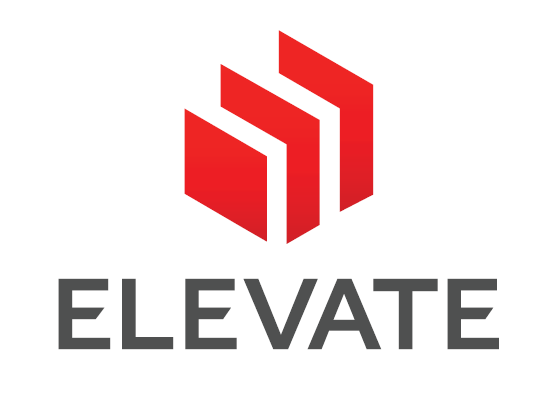constructing a solid foundation for the past forty
years. As Elevate, we now pledge to continue
providing clever, secure, and environmentally
friendly roofing solutions. We are prepared to
face the future together since it never stops.
Top quality, versatility, design freedom and sustainability are among the key benefits of RubberGard EPDM. It is a flexible membrane that keeps its flexibility even at low temperatures (-45°C). It has excellent lay-flat characteristics and adapts and conforms to irregular shapes very easily. It follows the geometry of the supports and accepts their various expansions or retractions due to climatic variations without ever saturating or breaking. For both new constructions and renovations, the RubberGard EPDM roofig membrane can be installed directly on most substrates, with or without insulation.
On top of that, there are various installation methods that can be used. It can be fully adhered, mechanically fixed, or ballasted, depending on the project needs. The RubberGard EPDM membrane can also be combined with extensive green roofs, solar installations and/or blue roofs, offering excellent durability and longevity.
The most sustainable roof is a durable roof which uses the least amount of natural resources. Greenpeace, GreenTeam, and NIBE put forward EPDM as the roofing membrane with the least environmental impact. All in all, choosing RubberGard EPDM is an easy way towards making significant contribution to the reduction of CO2 emissions. It offers a durable, long-term roofing solution that helps promote efficient and sustainable building practices.
Elevate RubberGard EPDM is an inert material with low environmental impact. No toxic substances are released during and after installation its installation, allowing the collection and use of run-off rainwater for domestic use. It can also be recycled and re-used. Elevate also offers Life Cycle Assessment (LCA) studies and product-specific Environmental Product Declaration (EPDs), which provide full transparency of the material’s environmental impact, with “cradle-to-grave” analysis.
RubberGard EPDM is easy to install. It is available in large seamless sheets up to 15.25 m wide x 61 m long (930 m²), resulting in fewer field seams needed for large surfaces and shorter installation times (typically 6.10 x 30.5 m panels used). Additionally, Elevate's QuickSeam Tape technology provides a proven field seaming solution without requiring special tools.
Unlike other waterproofing membranes, RubberGard EPDM does not require flames or hot-air welding. The details on roofs are executed with primers and self-adhesive products. The risk of onsite fire is therefore minimized.
Installing solar panels on roofs is a green initiative that contributes to the sustainability of the building and its value, while improving at the same time its energy efficiency. The investment horizon is typically based on 20 to 25 years of financial projection, so the roofing system must be able to support the installation of the solar panels for at least that period, to maximize returns.
Solar panels generate additional heat, which typically leads to faster heat aging of the membrane underneath. RubberGard EPDM has outstanding resistance to aging and has proven its excellent performance under solar panels. Its exceptional durability renders it an effective match that lasts significantly longer than the investment horizon of PV systems.
The RubberGard EPDM membrane has obtained the CE marking, proving that it meets current European requirements in the field of safety, health, environment and consumer protection. Moreover, to deliver a quality product, our EPDM manufacturing facilities follow stringent quality control guidelines. From raw material selection to finished product testing, our EPDM roofing production sites have been certified according to ISO 9001 for their quality management system.
RubberGard EPDM waterproofing systems have been tested and certified by numerous national and international bodies. The RubberGard EPDM membrane has the following approvals: ATG, DTA, CCT, DIT, BBA, Komo, FM, etc. Please contact the Elevate's technical department if you are looking for a specific classification or rating.
SIA "ELEVATE LATVIA"
VAT Nr. LV59ZZZ50203553761
+371 27007888
info@elevate.lv
Priedaines Street 19
Pinki, Latvia


